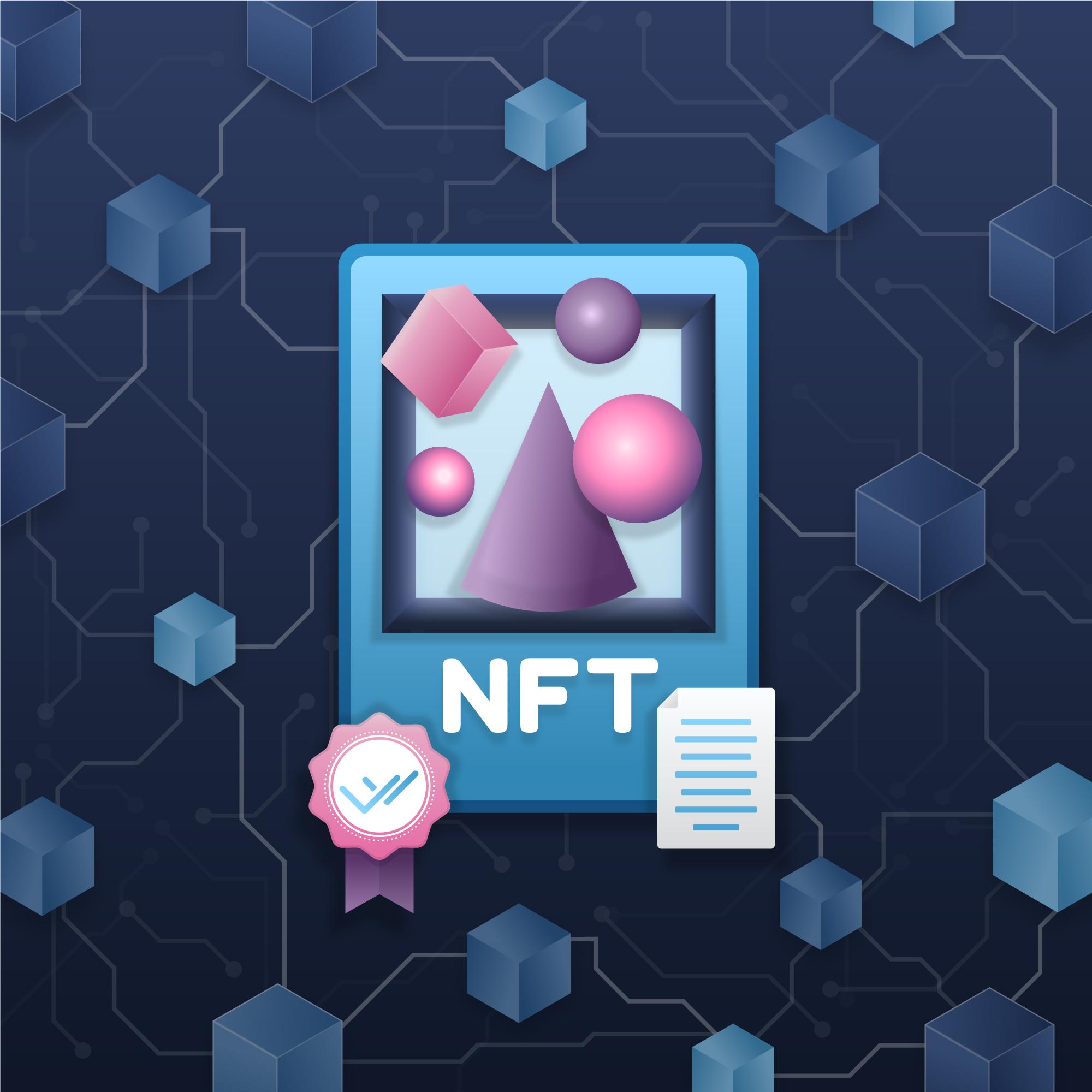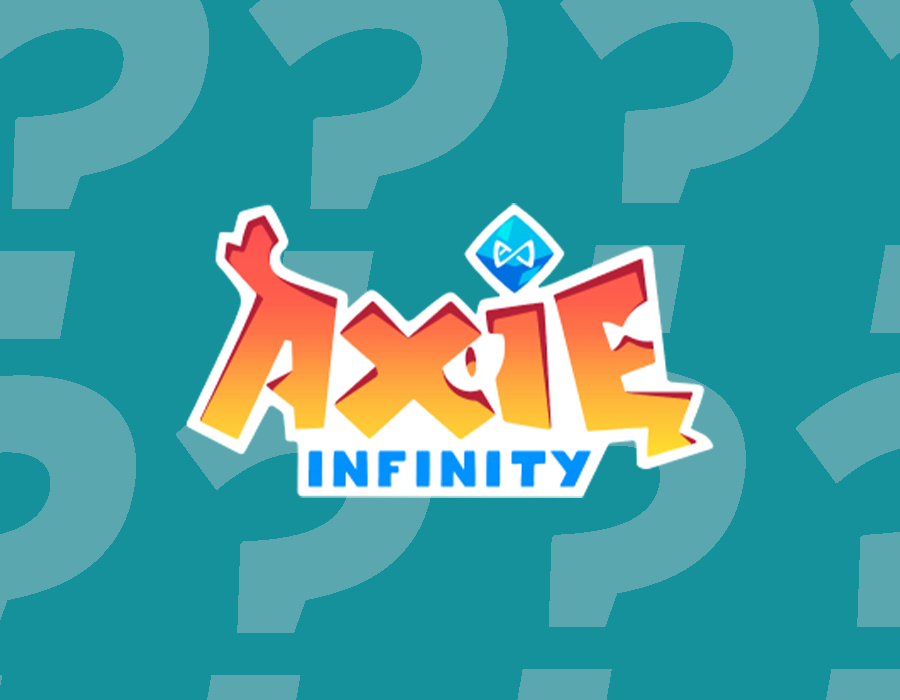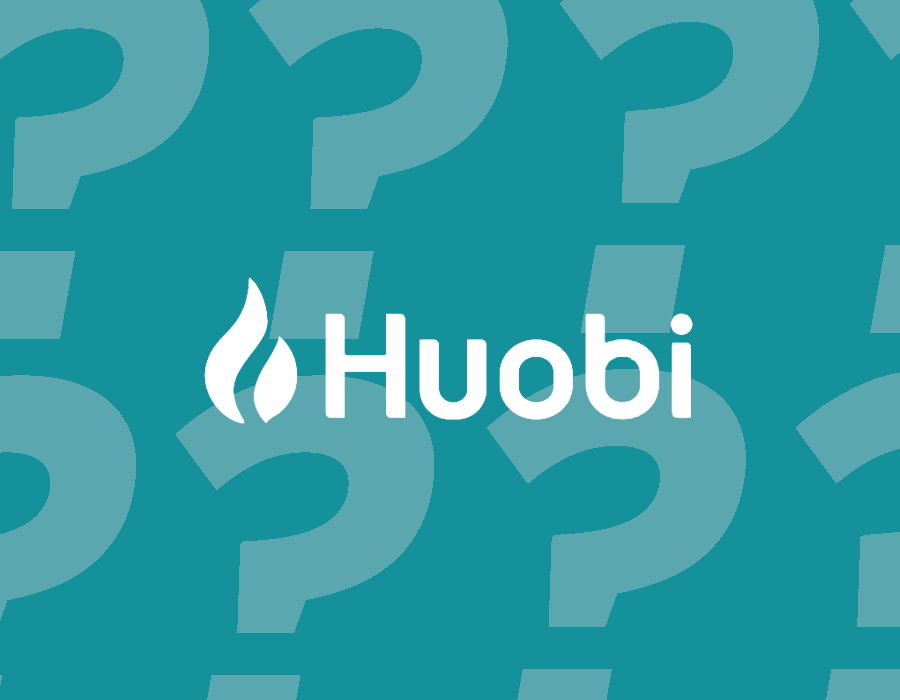Non-fungible tokens (NFTs) are unique digital assets that represent ownership of a particular item, like artwork, collectibles, or even virtual real estate. Unlike cryptocurrencies such as Bitcoin or Ethereum, NFTs are not interchangeable, which means that each NFT has its own unique value. As a result, they have become a popular way for artists and creators to monetize their digital creations. Check out our full NFT guide for further information.
Use Cases of NFTs
NFTs have a wide range of use cases, including digital art, collectible trading cards, virtual goods in video games, and even tokenized real-world assets like property or luxury goods. They have attracted the attention of celebrities, sports stars, and major brands, who have recognized their potential for creating new revenue streams and engaging with fans in innovative ways.
The NFT Minting Process
Minting is the process of creating a new NFT on a blockchain. When you mint an NFT, you are essentially creating a unique digital token that represents your digital creation. This token is then stored on a blockchain, where it can be bought, sold, or traded like any other digital asset.
The Role of Blockchain in Minting
Blockchain technology plays a crucial role in the minting process because it provides the decentralized and transparent infrastructure needed to securely store and verify the ownership of NFTs. By using a blockchain, NFT creators can ensure that their digital assets are unique, scarce, and tamper-proof, which is essential for maintaining their value and authenticity.
Preparing to Mint Your NFT
Before you can mint an NFT, you’ll need to create the digital artwork that it will represent. This can be anything from a digital painting or illustration to a short video or animated GIF. It’s important to ensure that your artwork is original and not infringing on any copyrights, as this could lead to legal issues down the line.
Choosing the Right File Format
When minting an NFT, it’s essential to choose the right file format for your digital artwork. The most common file formats for NFTs are JPEG, PNG, GIF, and MP4. Keep in mind that some platforms may have specific requirements or limitations on the file size, so be sure to check their guidelines before uploading your artwork.
Understanding Gas Fees
Gas fees are the transaction costs associated with minting an NFT on a blockchain, such as Ethereum. These fees are used to compensate the miners or validators who process and confirm the transactions. Gas fees can be quite volatile and are influenced by factors like network congestion and demand. Before minting your NFT, it’s important to be aware of the current gas fees and factor them into your budget.
Popular Platforms to Mint NFTs
OpenSea is one of the largest and most popular NFT marketplaces, offering a user-friendly platform for minting, buying, selling, and trading NFTs. It supports various blockchain networks, including Ethereum and Polygon. OpenSea allows you to create and mint NFTs without any upfront costs, charging a small commission only when your NFT is sold.
Rarible
Rarible is another popular NFT marketplace that allows users to mint, buy, and sell NFTs. It is built on the Ethereum blockchain and offers a decentralized platform with a focus on community governance. Rarible charges a fee for minting NFTs, but it also rewards its users with the platform’s native token, RARI, which can be used for voting on proposals and other platform-specific features.
Mintable
Mintable is an NFT platform that simplifies the minting process, making it more accessible to non-technical users. It supports Ethereum and Zilliqa blockchains and offers a range of features, including gasless minting and customizable NFT contracts. Mintable charges a fee for creating NFTs, but it also offers a free plan with basic features for users who are just getting started.
Step-by-Step Guide to Minting an NFT
- Choose a platform: Select one of the popular NFT platforms mentioned above, or research other options that suit your needs.
- Create an account: Sign up for an account on your chosen platform and set up your digital wallet to hold your NFTs and cryptocurrency.
- Upload your artwork: Follow the platform’s guidelines to upload your digital artwork in the appropriate file format.
- Add metadata: Provide information about your NFT, such as a title, description, and any relevant tags to help buyers find your artwork.
- Set a price: Decide whether you want to sell your NFT at a fixed price, through an auction, or using another pricing model.
- Pay gas fees: Ensure that you have enough cryptocurrency in your wallet to cover the gas fees associated with minting your NFT.
- Mint your NFT: Follow the platform’s instructions to mint your NFT, which will create a unique token representing your artwork on the blockchain.
- Promote your NFT: Share your newly minted NFT on social media, online forums, and other channels to attract potential buyers.
Conclusion
Minting an NFT is an exciting opportunity for creators to monetize their digital artwork and participate in the rapidly growing world of digital collectibles. By following the steps outlined in this beginner’s guide, you’ll be well on your way to minting your first NFT and joining this vibrant community of artists and collectors.
FAQs
What is the difference between fungible and non-fungible tokens?
Fungible tokens, like cryptocurrencies, are interchangeable and have a fixed value. Non-fungible tokens (NFTs) are unique and have their own individual value, which can vary depending on factors like rarity and demand.
Can I mint an NFT on multiple platforms?
Yes, you can mint the same artwork as an NFT on multiple platforms. However, this may dilute the value and scarcity of your NFT, as buyers may be less willing to pay a premium for an item that is widely available
Are there any legal issues to consider when minting an NFT?
It’s important to ensure that you own the copyright to the digital artwork you’re minting as an NFT or have permission from the copyright holder. Using someone else’s work without permission can lead to legal disputes and potential copyright infringement claims.
What happens if I lose access to my digital wallet after minting an NFT?
Losing access to your digital wallet can be problematic, as it may result in the loss of your NFTs and any associated cryptocurrency. It’s essential to keep your wallet’s private keys secure and have a backup in case you need to recover your wallet.
Can I create an NFT of a physical object?
Yes, it’s possible to create an NFT that represents a physical object, such as a piece of art or a collectible item. To do this, you would need to digitize the object (e.g., through photography or 3D scanning) and then mint the digital representation as an NFT. Keep in mind that the NFT only represents the digital version of the object, not the physical object itself.








